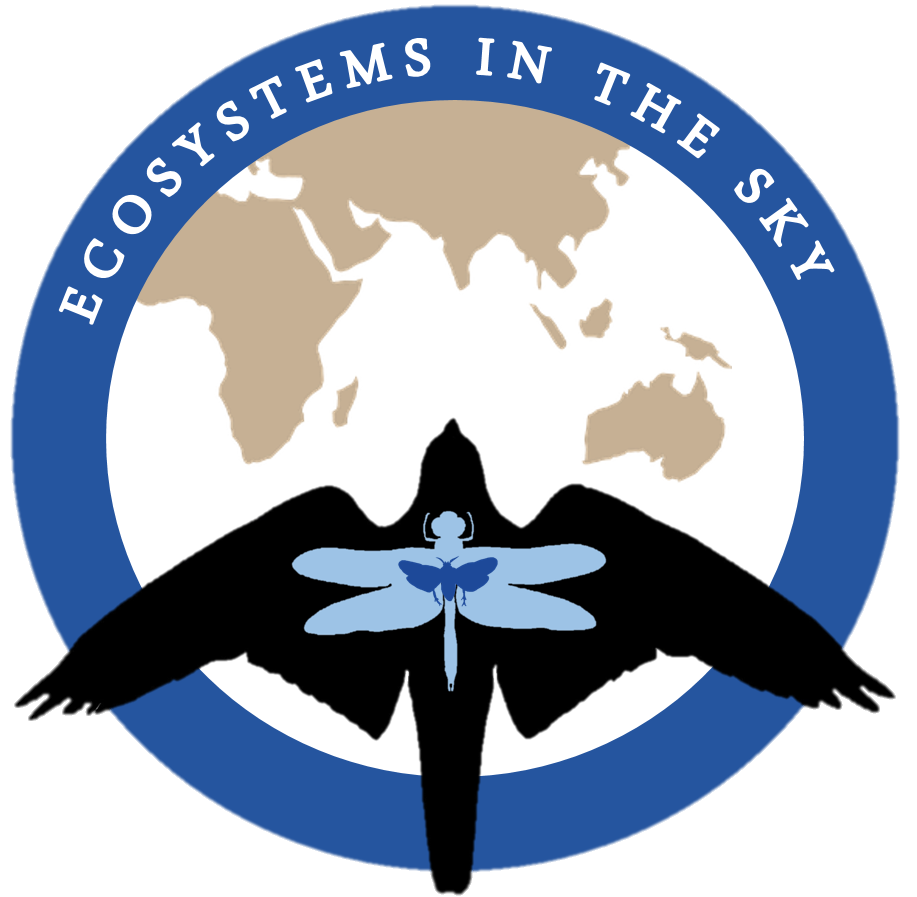New study tracked migrating dragonflies with miniaturised tags
The green darner (Anax junius) is a very common dragonfly species in the US, where it can be seen forming huge swarms during its migration. Besides the US, Canada and central America, its distribution also includes eastern Asia, where it can be found in Japan and mainland China.
A previous study, using something called isotope analysis, has revealed that the green darner has a very interesting migratory life-cycle. The the first generation emerges in southern US, Mexico and the Caribbean in early spring (February-March), and then take flight north. In early March they can be seen in New England, on the eastern coast of the US. These spring migrants then lay eggs in freshwater ponds in northern US and dies. The eggs hatch and becomes a new generation, that take wing during July-October. The new generation has never seen the ponds from where their parents once emerged, but still, they find their way south, either that same year, or the following year, overwintering as nymphs. When they reach Texas, Mexico or the Caribbean, they in turn lay eggs that once hatched, will fulfil the two-generation-round-journey back north again.
In a new study, researchers fitted miniaturised radio-transmitter tags underneath green darners. By the help of 100+ radio towers, that could pick up the transmission from the tags, the path of the migrating dragonflies could then be studied as they left Canada and moved south into the US. At the same time, Monarch butterflies (Danaus plexippus) were also fitted with the same tags. A green darner weighs approximately 1200 mg and the tags weighed between 230-270 mg, which means that the dragonflies had to carry something weighing about 22% of their body weight. For a human weighing about 80 kg, that would mean carrying a backpack of about 17 kg. In spite of this, some of the dragonflies reach (wind-assisted) air speeds of 21.5 m/ sec and distances of 122 km in one day.
Learn more:
Wikelski et al (2006) Simple rules guide dragonfly migration, Biology Letters.
Green darner female by Melissa McMasters (Wikimedia Commons license)
Green darner male by Chuck Evans Mcevan (Wikimedia Commons license)



